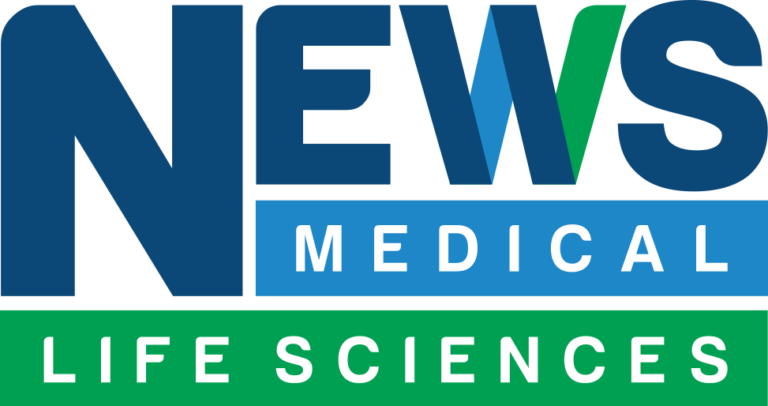State and local governments are receiving billions of dollars in settlements from companies that manufactured, sold or distributed prescription painkillers and were accused of fueling the opioid crisis. More than a dozen companies will pay the money over nearly two decades. By the end of February 2024, more than $4.3 billion had been unloaded into government coffers.
KFF Health News tracks how that money is being used — or misused — nationally.
But determining how much of that windfall went to a particular county or city — and how much will follow in the future — can be difficult. Most sites are not required to make the information public.
BrownGreer, the court-appointed company that manages the settlements, keeps track of much of that data, but kept it private until KFF Health News negotiated to obtain it last year. KFF Health News first reported this information last June.
Five months later, BrownGreer began quietly posting updated versions of the information on a public website.
Roma Petkauskas, a partner at BrownGreer, told KFF Health News that the change was made to help state and local governments easily access information and “to promote transparency in the management” of settlements. He said the data is updated “regularly when new payments are issued”, which can be as frequent as twice a month.
KFF Health News downloaded the data on March 4 and converted it from state-by-state spreadsheets with separate records for each installer into a searchable database. Users can specify the total dollar amount their city, county or state has received or expects to receive each year.
Determining how much money has arrived is the first step in assessing whether the settlements will affect the nation’s addiction crisis.
Although this is the most comprehensive data available nationally, it only provides a snapshot of all opioid settlement payments.
Information currently reflects only the largest settlement to date: $26 billion to be paid by pharmaceutical distributors AmerisourceBergen (now called Cencora), Cardinal Health and McKesson, as well as opioid maker Janssen (now known as Johnson & Johnson Innovative Medicine).
Most states have also settled with drugmakers Teva and Allergan, as well as Walmart, Walgreens and CVS. Petkauskas said BrownGreer began distributing payments from those five companies in 2024 and plans to update its data to reflect such payments in July.
Other settlements, including OxyContin’s maker Purdue, are still pending.
These data do not reflect additional settlements that some state and local governments have entered into beyond the national agreements, such as the agreement between Illinois, Indiana, Kentucky, Michigan and Ohio and the regional supermarket chain Meijer.
Therefore, this database estimates the amount of opioid settlement money that most parties have received and will receive.
Payment details for some states are not available because those states were not part of national settlement agreements, had unique settlement terms, or chose not to have their payments distributed through BrownGreer. Some examples include:
- Alabama and West Virginia refused to join several national settlements and instead ended up in individual settlements with many of these companies.
- Texas and Nevada were paid in full by Janssen outside of the national settlement, so their payment data only reflects payments from AmerisourceBergen, Cardinal Health, and McKesson.
- Florida, Louisiana and Pennsylvania, among others, have chosen to receive a one-time payment through BrownGreer and then distribute the money to the localities themselves.
Colleen DeGuzman of KFF Health News contributed to this report. Jai Aslam also contributed.
|
This article was reprinted by khn.orga national newsroom that produces in-depth health journalism and is one of the core operating programs at KFF – the independent source for health policy research, polling and journalism.
|
